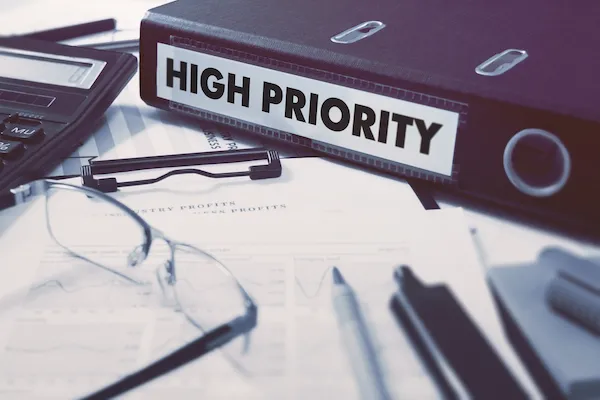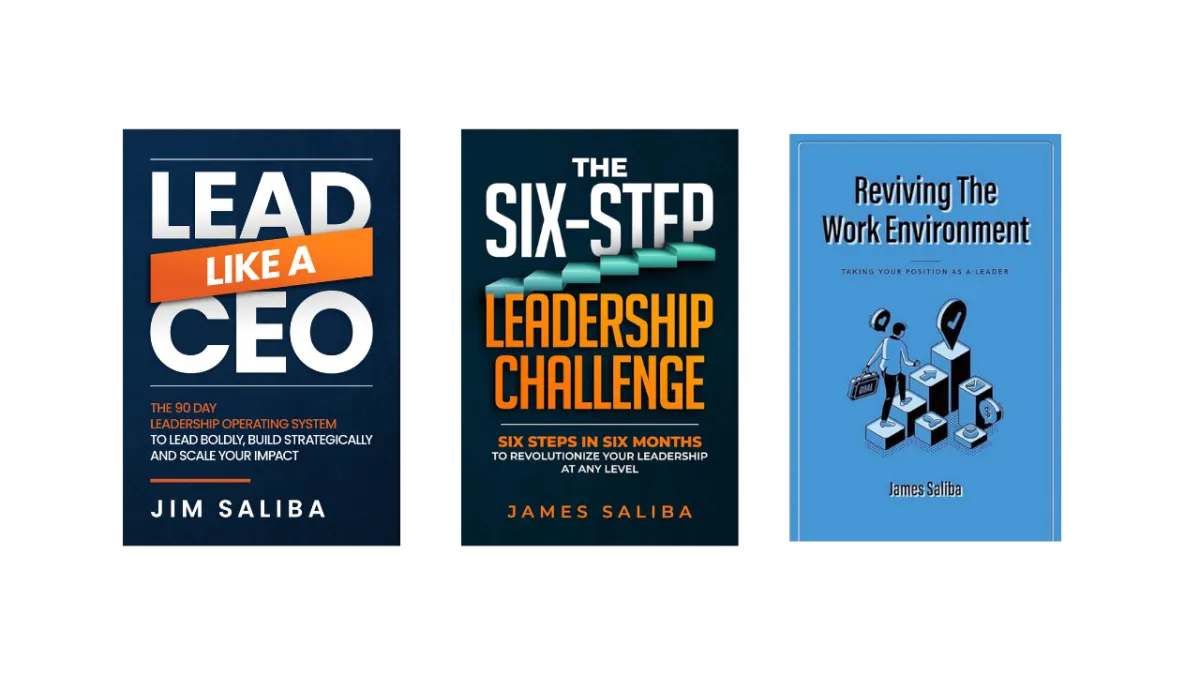Insights for Real-World Leadership
Straight talk and proven strategies for leaders who are done babysitting and ready to lead at the next level.

Prioritizing Your Time for Maximum Productivity
Prioritization is one of the skills required for both leaders and employees of an organization. The workplace is an environment that is characterized by the carrying out of different projects that would need people to set priorities to achieve the set goals.
All leaders are becoming busier as the workload increases. Not being able to prioritize means that many projects will be left unachieved, defeating the goal's aim. But, like every other skill, practicing prioritization will become second nature.
Leaders and teams that prioritize will achieve more, experience lesser burn-out, and cover more ground. It helps them focus on the most critical project per time and escape the FOMO syndrome. Prioritization is also a great way to manage time and more property, achieving more in less time and possibly fewer resources.
What is Prioritization?
Prioritization is the process involved in deciding how to carry out tasks based on their importance. Prioritization makes it possible to complete tasks within record time, crush deadlines, and have enough time to work on more significant projects. Learning to prioritize will help you efficiently manage your time.
Separating Tasks into Boxes
One of the most critical skills you will need to learn when prioritizing is knowing how to separate the important and urgent tasks from the important but not urgent ones. Every task related to the work you are engaged with is essential and should be given the time and attention it deserves. However, some tasks may have a higher degree of urgency when compared to others.
Learning to prioritize will help you focus attention on urgent tasks while reserving the not-so-urgent functions for later. Doing this will help you work at a comfortable pace and avoid unnecessary stress.
How to Prioritize Tasks
The following tips will help you to prioritize
#1. Determine What is Most Important Per Time
There is no prioritization without first determining the most critical projects per time. The importance of a project can be determined based on its urgency, the client's expectations, or management requests.
#2. Do Not Try to Multi-task
It is tempting to want to carry out more than one task simultaneously with the hope of accomplishing more. However, multitasking can lower your ability to concentrate and may generally slow you down in the long run. It is, therefore, best to prioritize one task at a time.
Focusing on one task at a time helps lower the possibility of errors while increasing your chances of delivering quality work.
#3. Avoid Distractions
While it may be easy to prioritize, sticking to your priorities often becomes the real feat. Challenges will invariably arise that demand your attention away from your priorities. Therefore, it is vital to be on the lookout for such distractions, avoid them and anticipate them with buffer time.
#4. Keep it Flexible
As much as it is essential to focus on your priorities, you must also be willing to make the necessary adjustments when there is a need for it. The workplace is very dynamic, and most prioritization is done using available tasks and expectations, which can change. In addition, you may be required to reevaluate your priorities from time to time to ensure that you are giving attention to the most critical and urgent tasks.
Conclusion
Everyone looks forward to getting to the end of the day with most of their to-dos cleared out. However, as you prioritize, ensure that you set realistic priorities and maintain some degree of flexibility while at it.
Leaders Who’ve Made the Shift
Michael R., Senior VP

“Jim did more in two sessions than my last coach did in six months.”
(Translation: Jim doesn’t waste your time.)
Karen H., Senior VP

“Jim made it easy to focus on the real leadership challenges.”
(Translation: No fluffy theories. Just real talk and results.)
Ashly N., Director

“Within 15 minutes, I knew I’d made the right decision.”
(Translation: You’ll know fast if Jim’s your coach.)
Stop Acting Like the Chief Fire Extinguisher.
Start Leading.
You know the endless approvals, babysitting, and check-ins aren't real leadership. Let's fix that.
© 2025 James Saliba Inc. • All Rights Reserved • Helping Tech Leaders Lead Strategically Without Firefighting • Terms & Conditions


